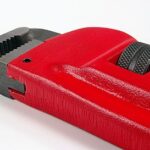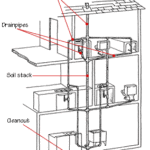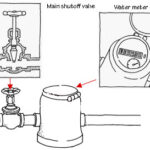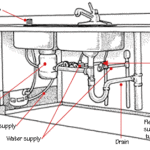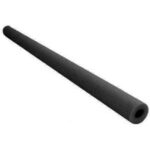How to find and read your home’s water meter, with information on digital, six-dial, and five-dial water meter types
Every month, a representative from your water company comes by to read your meter. In some regions, only the utility company can access the meter to read it, but in most areas you can read your meter yourself.
It may be in your basement, on the house’s exterior wall, or in an underground box, sometimes called a “Buffalo box,” typically located between your house and the street (you may need to use a prybar to lift off the box’s lid).
Your bill likely shows how much water you use month to month, but you may want to keep track of how much you use day to day—for instance, how much more water you used when you ran the sprinklers for several hours or when you had house guests.
Being able to check your meter also allows you to determine if you have a leak in your supply system. Simply turn off all water sources and wait an hour or so; if the meter has moved, you probably have a leak somewhere.
Most meters record water usage in cubic feet, but some record number of gallons. A hundred cubic feet equals 748 gallons.
To measure your usage, simply jot down the readings at the beginning of the time period and then at the end of the period. Your usage is the first number subtracted from the second.
The most common meters are the six-dial meter, five-dial meter, and digital-readout meter.
Six-Dial Meters
If you have a six-dial meter, a label by each dial indicates how many cubic feet that dial is recording. For instance, when the dial labeled “1,000” moves from one digit to the next, that means that 1,000 cubic feet of water have been used. Read the largest dial first and then move down to the smallest dial.
Five-Dial Meters
A five-dial meter also has separate dials that read the same as a six-dial model. In addition, it has a large hand that sweeps around the entire dial like the minute hand on a clock. One revolution of this large hand indicates use of one cubic foot of water.
Newer meters are easier to read. Just look at the numbers in the digital readout to find out the number of cubic feet of water used.
Get a Pre-Screened Pro for Plumbing System Planning and Installation



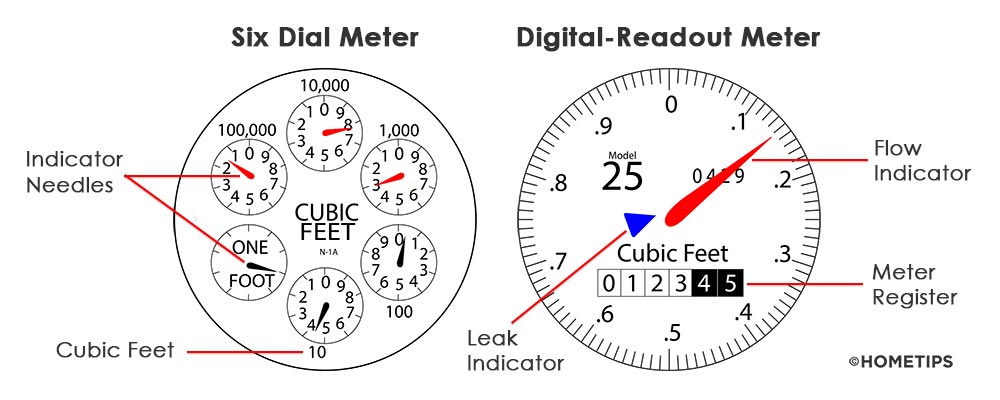
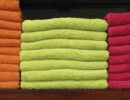


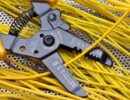
 Don Vandervort writes or edits every article at HomeTips. Don has:
Don Vandervort writes or edits every article at HomeTips. Don has:
